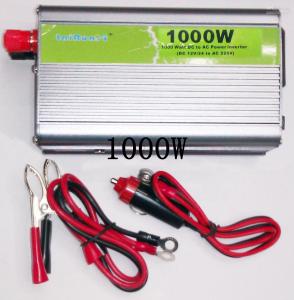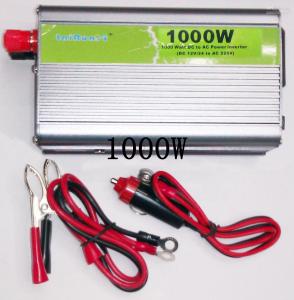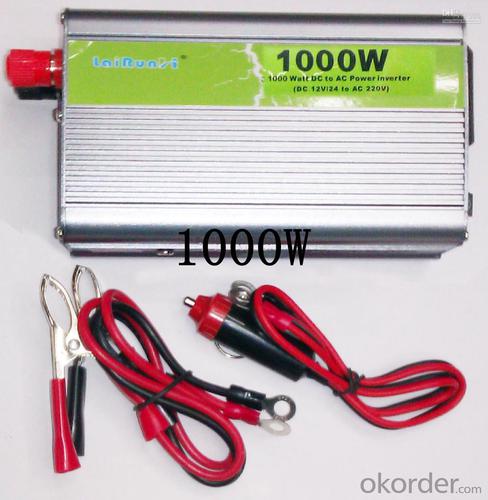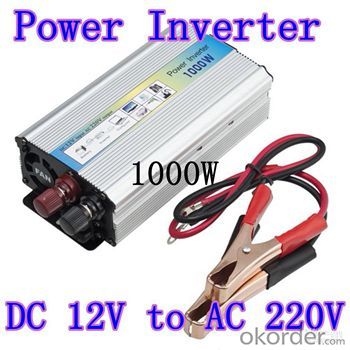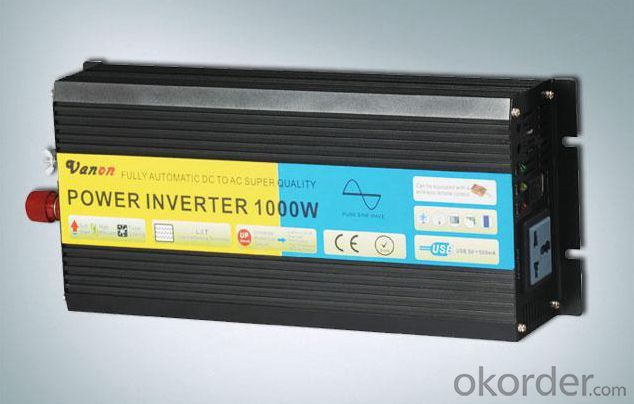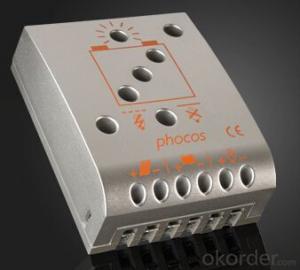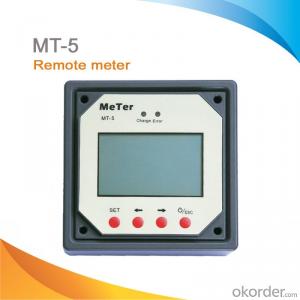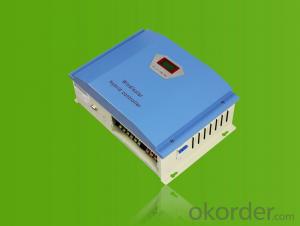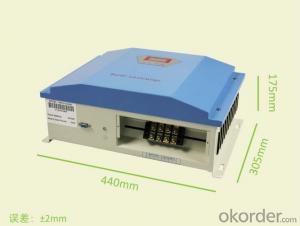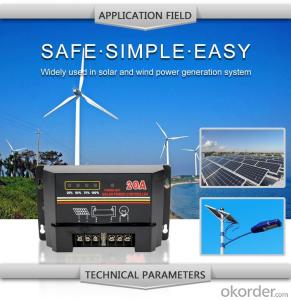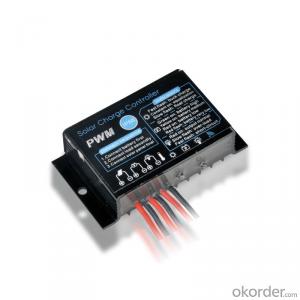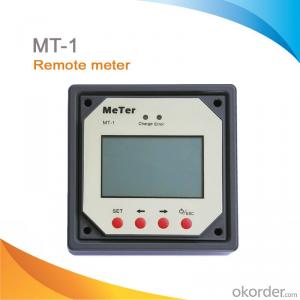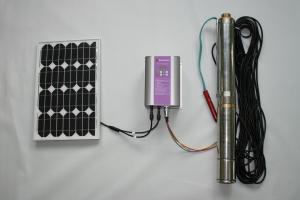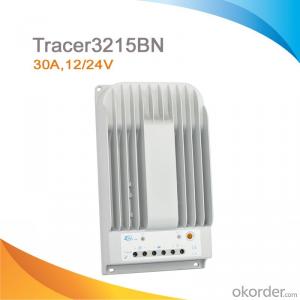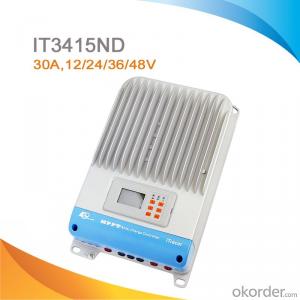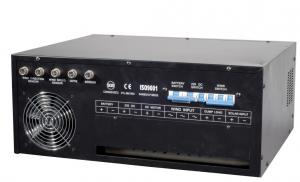Networking Solar Controllers for LS****B Series Remote Display and MT50 Remote Meter
OKorder Service Pledge
OKorder Financial Service
You Might Also Like
Descriptions:
The new generation remote meter MT50 is compatible with LS****B solar charge controller. It can monitor real-time data and status, remotely control load ON/OFF, browse and modify the control parameter, charge mode, load work mode, and inquiry failure information etc.
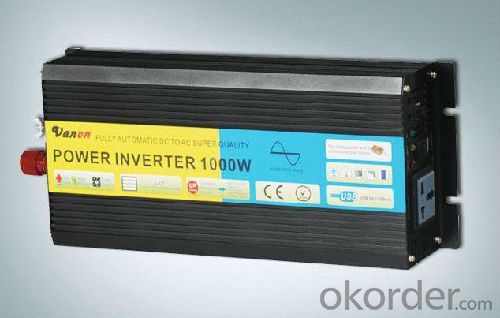
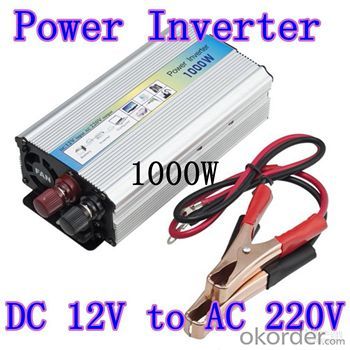
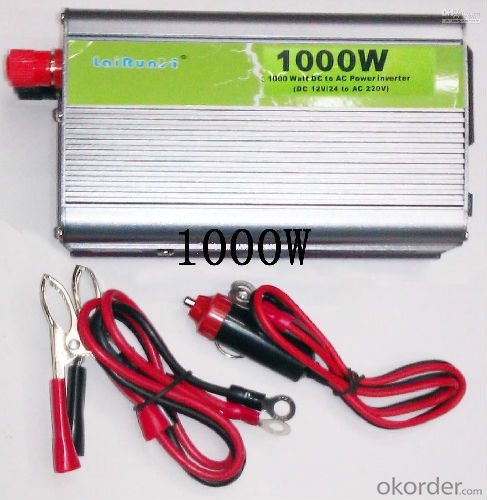
Features:
·Automatic identify the controller, and display the type, model and relevant parameter data
·Large-screen multifunction LCD displays all the operational data and system working status in digital, graphic and textual forms
·With six navigation function keys, the operation is direct, convenient and rapid
·Real-time energy statistics recording
·Both data and data flowing on the same lead ,no need for external power
·Real-time monitoring and acoustic alarm of failure information of the controller
·Longer communication distance based on RS485
More powerful function Via MT50
·Diversified load control modes : manual, light ON/OFF, Light ON+ Timer, Time Control
·Battery type selection: Gel, sealed, flooded and USER type
·Real-time monitor
·Programmable parameters
·Energy display function
Specification:
Self-consumption | Backlight and acoustic alarm on<65mA Backlight on<23mA Backlight off <15mA |
Faceplate dimensions | 98×98 mm / 3.86×3.86 in |
Frame dimensions | 114×114 mm / 4.49×4.49 in |
Connector type | RJ45 |
Meter cable | Standard 2m, max .50m |
Meter weight | 0.190 Kg |
Ambient Temperature | -20℃~+70℃/-4℉~158℉ |
- Q: Do solar controllers require any maintenance?
- Yes, solar controllers typically require regular maintenance to ensure optimal performance and longevity. This may include checking and cleaning the controller's connections, inspecting and replacing any damaged wires or components, and monitoring battery levels. Additionally, regular firmware updates and calibration may be necessary to keep the solar controller operating efficiently.
- Q: Can a solar controller be used in a solar-powered submarine?
- Yes, a solar controller can be used in a solar-powered submarine. A solar controller helps regulate and optimize the charging of batteries from solar panels. In a solar-powered submarine, the solar controller can effectively manage the charging process and ensure the batteries receive the right amount of power from the solar panels, allowing for efficient and sustainable operation underwater.
- Q: What is the maximum number of battery types supported by a solar controller?
- The maximum number of battery types supported by a solar controller can vary depending on the specific model and manufacturer. However, most high-quality solar controllers typically support a wide range of battery types, including but not limited to lead-acid, lithium-ion, gel, and AGM batteries. It is important to consult the product specifications or contact the manufacturer to determine the exact number of battery types supported by a specific solar controller.
- Q: Can a solar controller be used with solar panels that are connected to a solar heating system?
- Yes, a solar controller can be used with solar panels that are connected to a solar heating system. The solar controller helps regulate and optimize the flow of energy from the panels to the heating system, ensuring efficient and effective utilization of solar energy for heating purposes.
- Q: How does a solar controller handle battery low voltage disconnect recovery?
- A solar controller handles battery low voltage disconnect recovery by monitoring the voltage of the battery connected to the solar system. When the battery voltage drops below a predetermined threshold, typically around 11.5 to 12 volts, the solar controller will disconnect the battery from the load to prevent further discharge. Once the battery is disconnected, the solar controller will continue to monitor the battery voltage. It will wait for the battery voltage to rise above a specific level, known as the recovery voltage, before re-establishing the connection between the battery and the load. During the recovery phase, the solar controller will gradually increase the voltage supplied to the battery to avoid sudden spikes in power. This allows for a controlled and safe reconnection process, preventing any potential damage to the battery or the connected devices due to a sudden surge of power. The solar controller's ability to handle battery low voltage disconnect recovery ensures that the battery is protected from over-discharge, which can lead to irreversible damage and decreased battery performance. By disconnecting and then reconnecting the battery at appropriate voltage levels, the solar controller helps to prolong the life and efficiency of the battery, ensuring optimal performance of the solar system.
- Q: Are there any safety features built into solar controllers?
- Yes, there are several safety features built into solar controllers. One of the most important safety features is overcharge protection. Solar controllers are designed to prevent the batteries from being overcharged, which can lead to damage or even explosions. The controller monitors the battery voltage and adjusts the charging current to ensure that the battery is charged optimally without overcharging. Another safety feature is reverse polarity protection. This feature ensures that the solar controller will not be damaged if the battery or solar panel connections are accidentally reversed. It helps prevent any potential short-circuits or damage to the controller. Many solar controllers also have over-discharge protection. This feature prevents the battery from being discharged too much, which can reduce its lifespan or even cause irreversible damage. The controller monitors the battery voltage and automatically disconnects the load when the battery voltage drops below a certain threshold. Additionally, some solar controllers have temperature compensation. This feature adjusts the charging voltage based on the temperature of the battery. It ensures that the battery is charged properly regardless of the ambient temperature, which helps to extend the battery's life. Overall, solar controllers are equipped with various safety features to protect both the batteries and the controller itself. These features help to ensure the safe and efficient operation of solar power systems.
- Q: Can a solar controller handle both solar panels and batteries?
- Yes, a solar controller can handle both solar panels and batteries. A solar controller is designed to regulate and optimize the charging of batteries from solar panels, ensuring efficient power conversion and preventing overcharging or damage to the batteries.
- Q: How does a solar controller handle different battery chemistries?
- A solar controller handles different battery chemistries by adjusting its charging algorithm and voltage settings based on the specific battery type connected to it. This ensures that the charging profile is optimized for the particular chemistry, thereby extending the battery's lifespan and preventing any damage that may occur from incorrect charging.
- Q: What are the safety precautions when installing a solar controller?
- Some safety precautions to keep in mind when installing a solar controller include: 1. Ensure that the solar controller is installed and operated in a well-ventilated area to prevent overheating. 2. Prior to installation, always disconnect the solar panels and batteries from the system to avoid potential electrical shock or damage. 3. Use proper safety equipment, such as insulated gloves and safety glasses, when working with electrical components to minimize the risk of injury. 4. Ensure that all connections are tightened properly to prevent loose connections or electrical arcing. 5. Follow the manufacturer's instructions and guidelines for installation, as each solar controller may have specific requirements. 6. Turn off all power sources before making any adjustments or modifications to the solar controller. 7. Regularly inspect and maintain the solar controller to identify any potential issues or malfunctions that may compromise its safety. 8. If unsure about any aspect of the installation process, consult a professional electrician or solar technician for guidance and assistance.
- Q: What is the purpose of the battery over-discharge protection feature on a solar controller?
- The battery over-discharge protection feature on a solar controller serves the purpose of safeguarding the battery from damage caused by excessive discharge. This feature ensures that the battery does not go below a specific voltage threshold, as over-discharging can result in irreversible harm, reduced capacity, and a shorter lifespan. Continuous monitoring of the battery voltage by solar controllers enables the activation of the over-discharge protection feature when the voltage reaches a predetermined low level. This feature effectively cuts off the power supply from the solar panels to the battery, preventing any further discharge. Consequently, the battery is protected from excessive drainage, which could otherwise lead to permanent damage. The implementation of battery over-discharge protection by solar controllers not only extends the battery's lifespan but also ensures optimal performance. This is particularly crucial in off-grid solar systems where batteries serve as the primary source of energy storage. Without this protection feature, the battery would be subjected to deep discharge cycles, resulting in decreased efficiency and overall system performance. In conclusion, the battery over-discharge protection feature on a solar controller serves to prevent battery damage, increase its lifespan, and maintain the efficiency of the solar system.
Send your message to us
Networking Solar Controllers for LS****B Series Remote Display and MT50 Remote Meter
OKorder Service Pledge
OKorder Financial Service
Similar products
Hot products
Hot Searches
Related keywords
